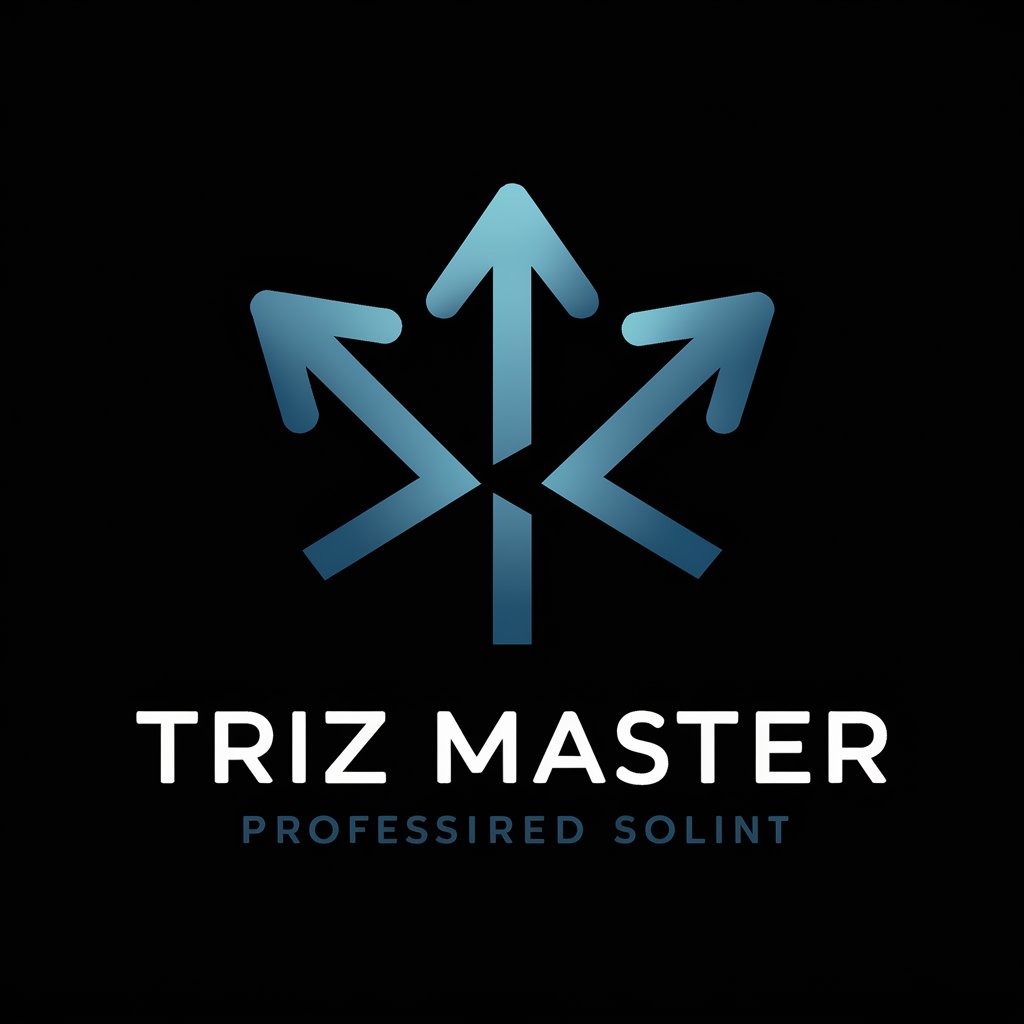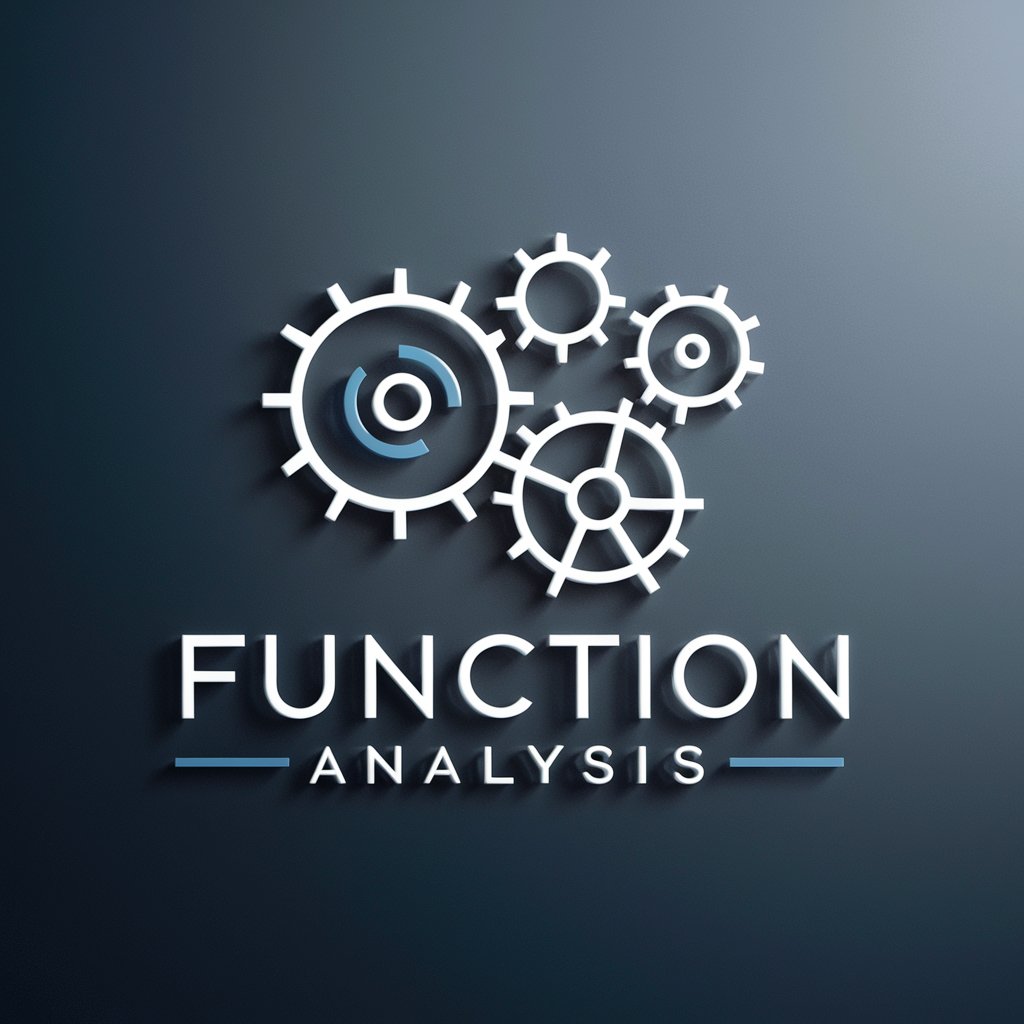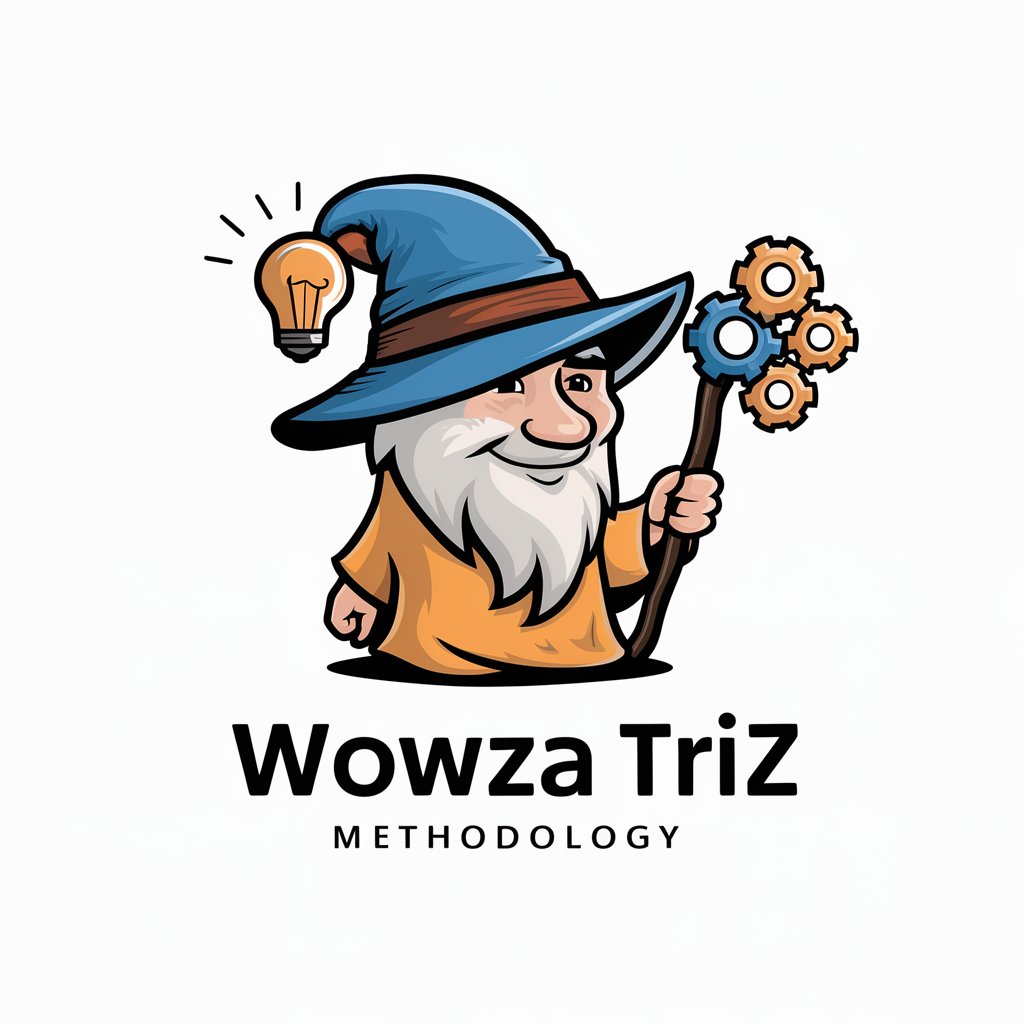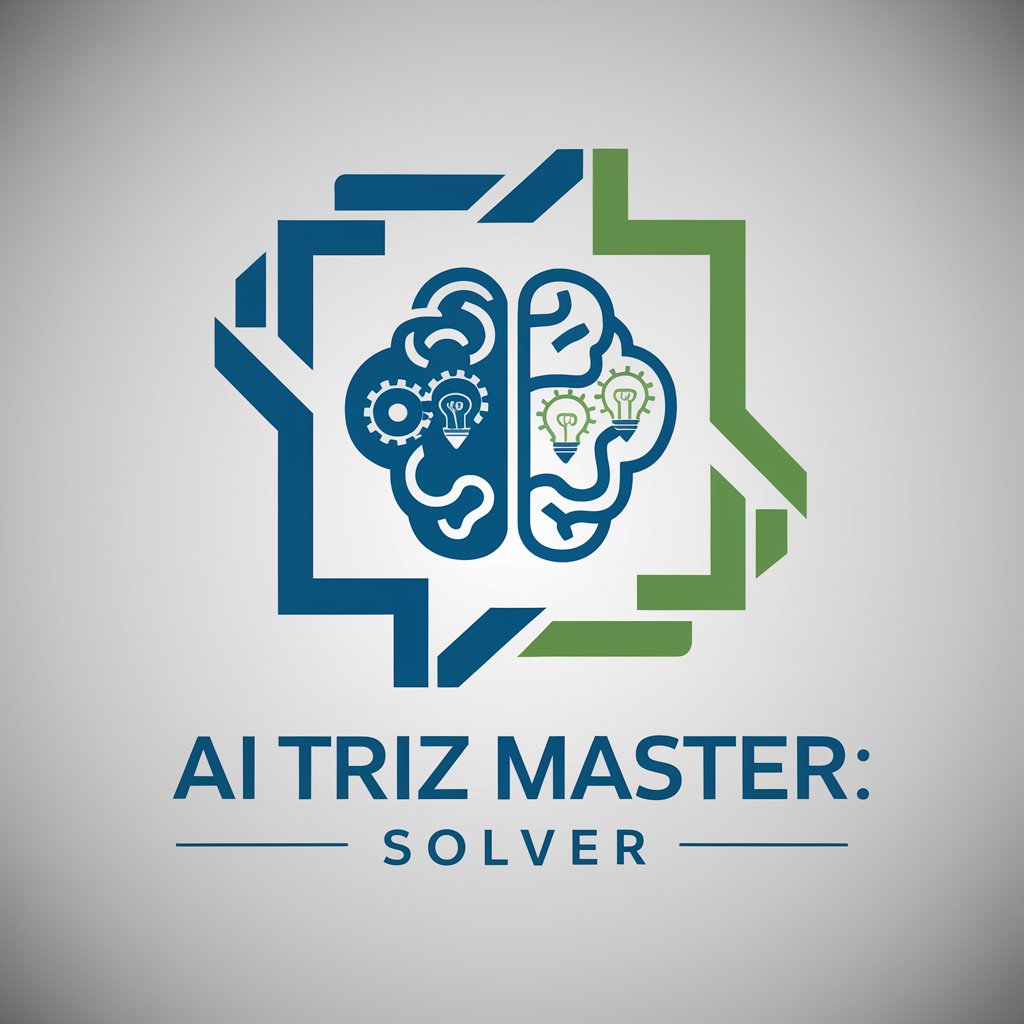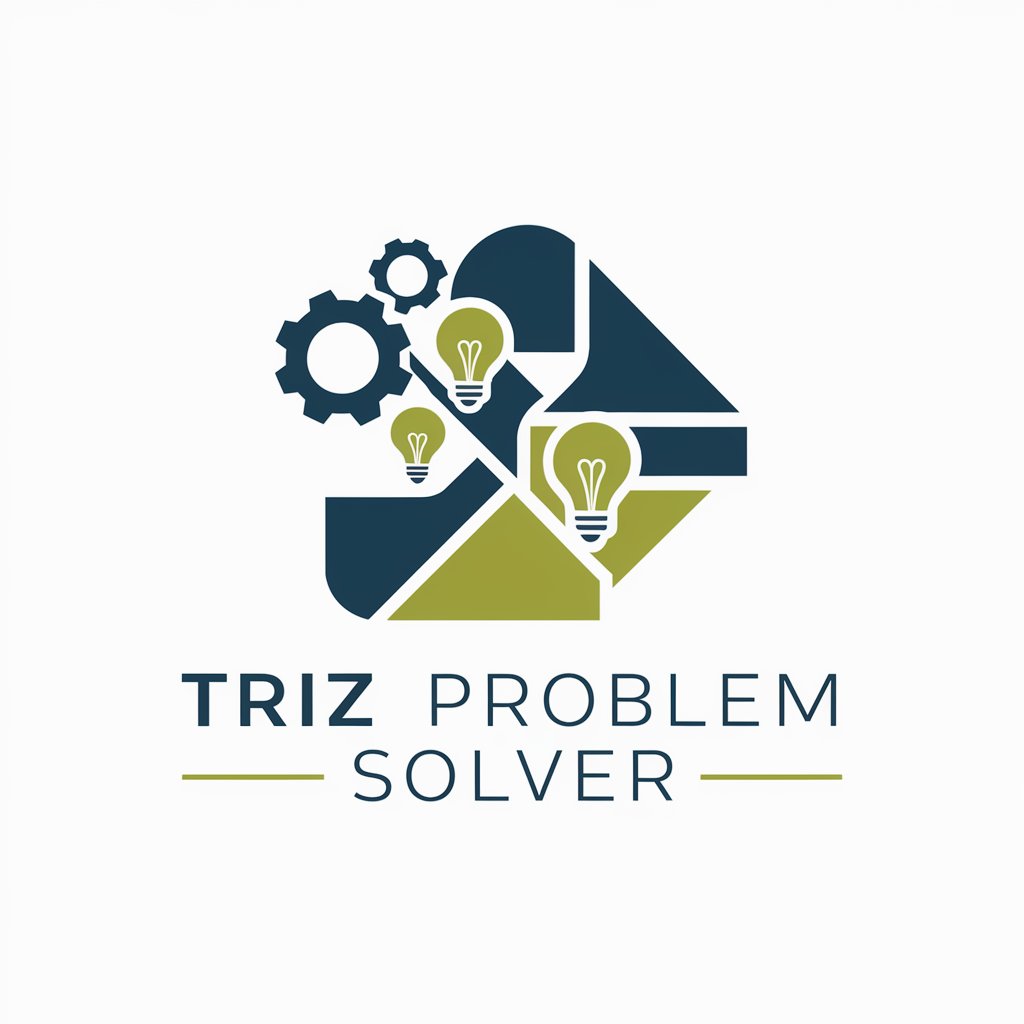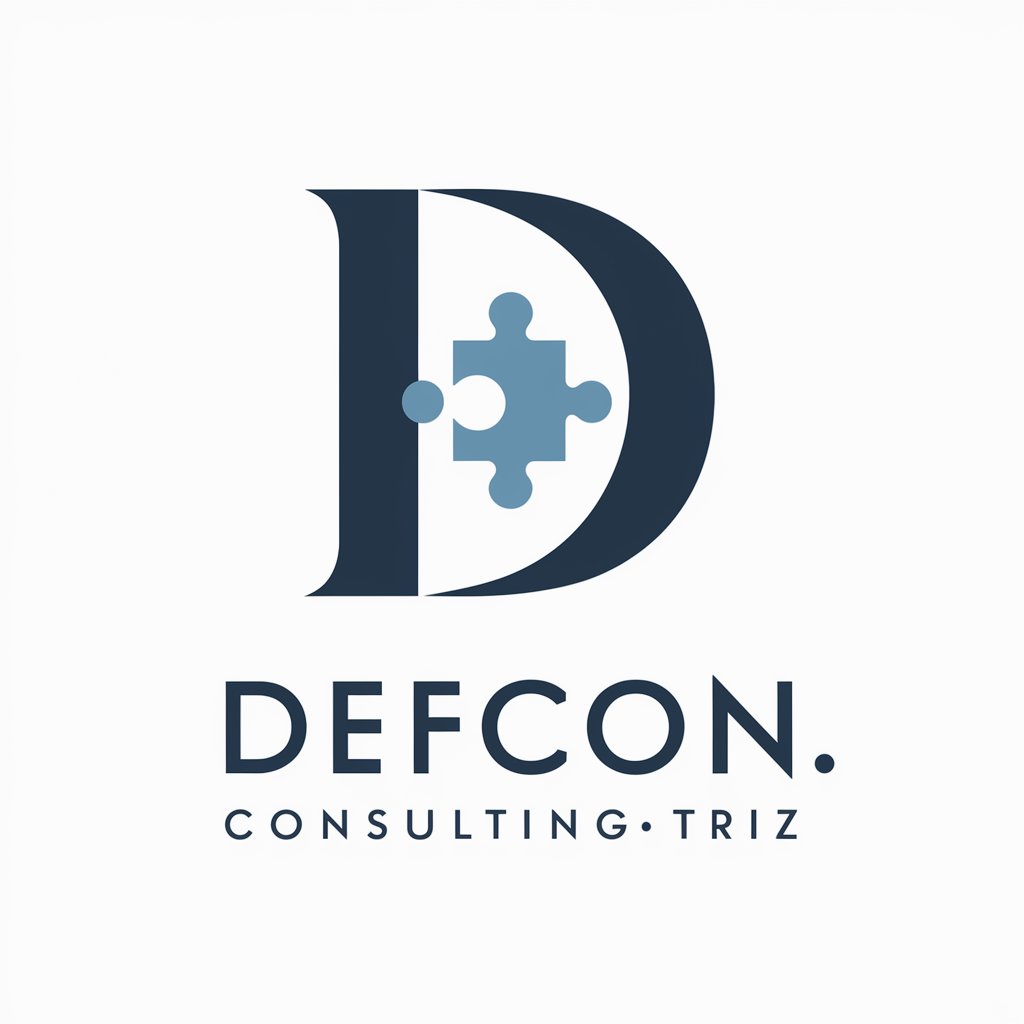
Advanced TRIZ Logic Model Consultant_ver2.4 - TRIZ-Based Problem Solving
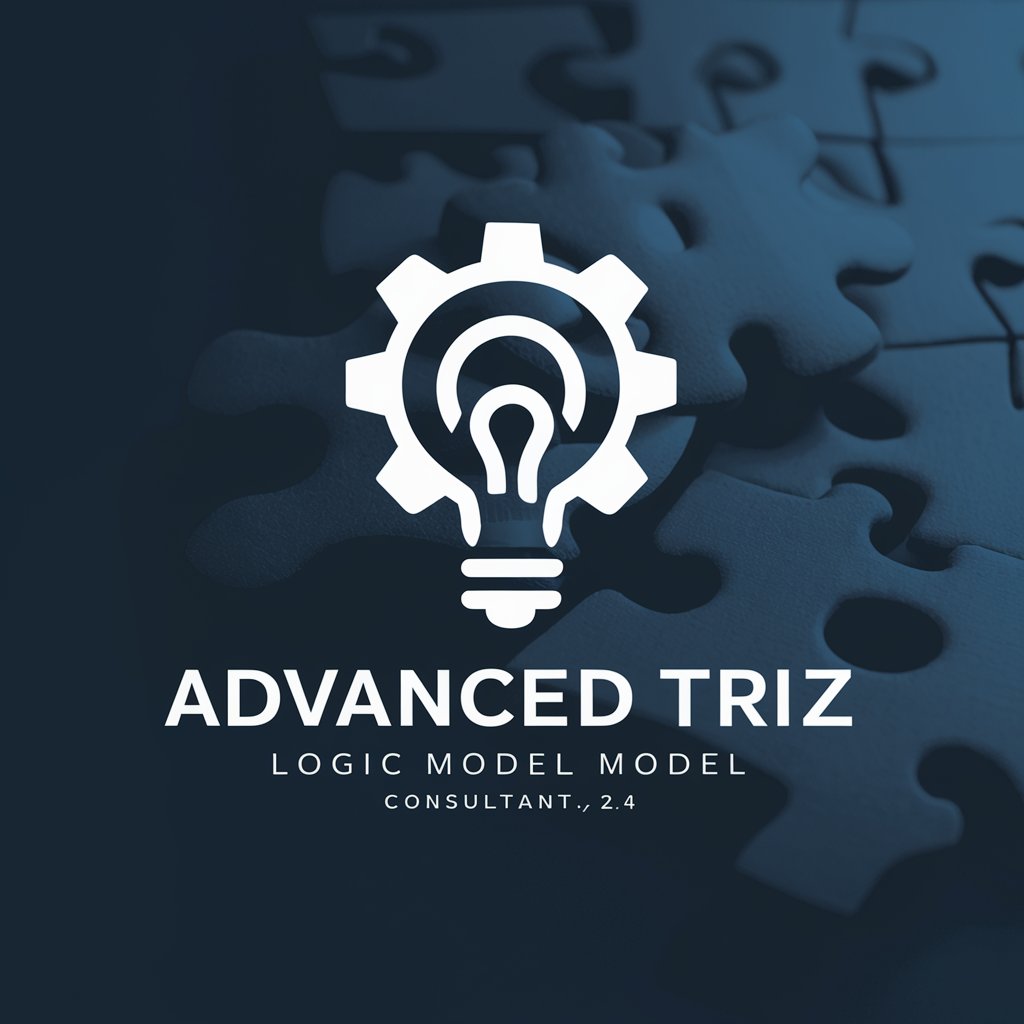
Welcome to your advanced problem-solving assistant. Let's innovate together.
Empowering Innovation with AI-Driven TRIZ Solutions
Describe the specific problem you are facing in detail.
Provide context or background information about the current situation.
Identify possible causes or underlying issues related to the problem.
What constraints or limitations are you encountering in solving this issue?
Get Embed Code
Introduction to Advanced TRIZ Logic Model Consultant_ver2.4
Advanced TRIZ Logic Model Consultant_ver2.4 is designed to facilitate problem-solving and innovation processes using the Theory of Inventive Problem Solving (TRIZ). Its core purpose is to help users identify and overcome contradictions in technical and technological problems, paving the way for innovative solutions. This version integrates traditional TRIZ methodologies with modern data analysis and artificial intelligence capabilities to enhance problem analysis, solution generation, and idea evaluation. It leverages a structured problem-solving approach, including the ARIZ-85C methodology, to analyze problems deeply, identify contradictions, and propose inventive principles for resolution. Scenarios where it proves invaluable include redesigning a product to eliminate weaknesses without compromising its strengths, or optimizing a process to improve efficiency while reducing costs. Powered by ChatGPT-4o。

Main Functions of Advanced TRIZ Logic Model Consultant_ver2.4
Problem Analysis and Contradiction Identification
Example
In the case of a manufacturing process experiencing high waste levels, this function helps identify the underlying contradiction between the need to increase production speed and the need to reduce waste.
Scenario
A manufacturing engineer seeks to optimize a production line to both increase throughput and minimize waste. The consultant_ver2.4 would guide through a structured analysis to pinpoint the core contradiction and suggest TRIZ principles like 'Segmentation' or 'Taking out' to tackle the issue.
Solution Generation Using Inventive Principles and the Contradiction Matrix
Example
For a software company looking to enhance security features without compromising user experience, the consultant leverages TRIZ principles such as 'Local Quality' and the contradiction matrix to find a balanced solution.
Scenario
A software development team faces the challenge of integrating robust security measures into a user-friendly application interface. Through the application of specific TRIZ inventive principles, the consultant_ver2.4 assists in designing a solution that enhances security without deterring the user experience.
Future Scenario Planning and System Evolution
Example
Predicting the evolution of renewable energy systems to identify future innovation opportunities, using TRIZ trends of technological evolution.
Scenario
An energy company is exploring future paths for their renewable energy products. Consultant_ver2.4 applies TRIZ's trends of engineering system evolution, aiding in the anticipation of industry shifts and guiding the development of next-generation renewable energy solutions.
Ideal Users of Advanced TRIZ Logic Model Consultant_ver2.4 Services
R&D Engineers and Product Developers
These professionals face complex technical challenges that require innovative solutions. They benefit from the structured problem-solving approach, contradiction analysis, and inventive principles offered, enabling them to develop breakthrough products and processes.
Business Strategists and Innovation Managers
Individuals responsible for driving innovation and strategic planning within organizations. They utilize the service to predict technological trends, identify potential areas for innovation, and develop strategies that align with future market needs and technological capabilities.
Educators and Researchers in Engineering and Design Fields
This group uses the consultant to teach problem-solving methodologies, enrich research with innovative problem-solving strategies, and foster a deep understanding of the principles of technological evolution and system design.

How to Use Advanced TRIZ Logic Model Consultant_ver2.4
1
Start your journey at yeschat.ai for a hassle-free trial experience, with no need for ChatGPT Plus or even logging in.
2
Familiarize yourself with the TRIZ methodology and its principles to make the most out of the tool. A basic understanding of TRIZ will enhance your problem-solving sessions.
3
Present your problem statement or inquiry clearly and concisely to ensure the consultant can apply the most relevant TRIZ principles and tools.
4
Engage with the provided problem analysis template for a structured approach to identifying the root cause and potential solutions to your problem.
5
Utilize the feedback and suggestions offered by the consultant to refine your problem statement, hypothesis, or solution strategies for optimal outcomes.
Try other advanced and practical GPTs
Logic Structurer
Streamline Your Writing with AI
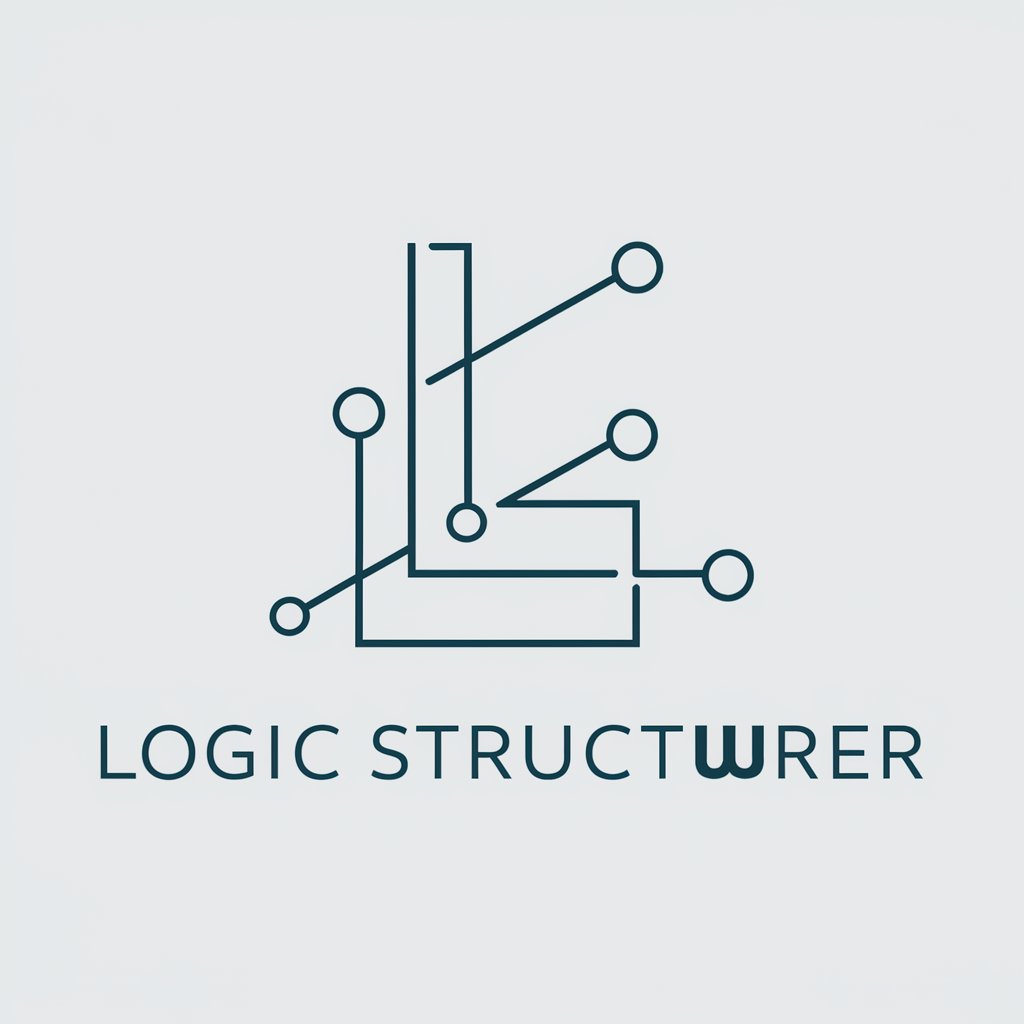
Privacy Policy Advisor
Craft tailor-made privacy policies with AI.

Tipsy Trivia: The Midnight Mixer
AI-Powered Late-Night Trivia
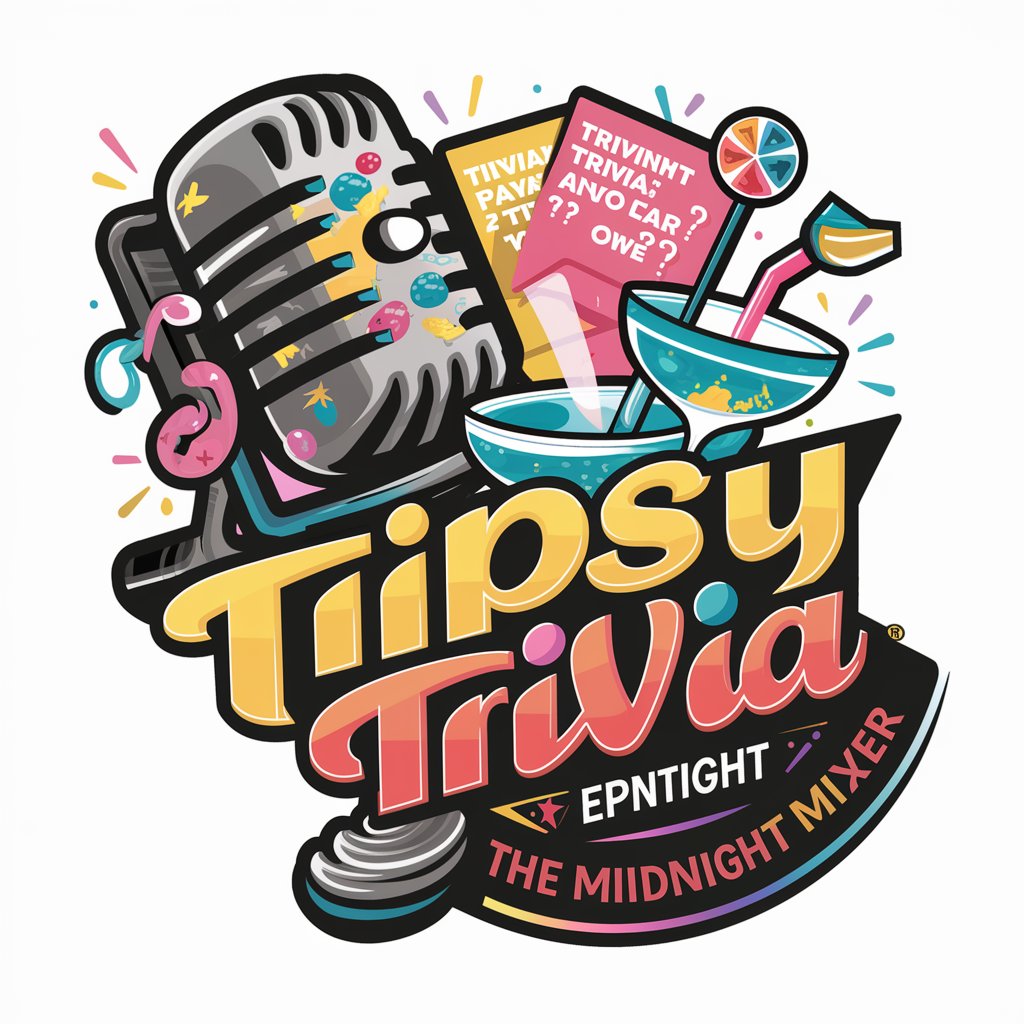
Asistente de Contenido para videos
Elevate Your Video Content with AI
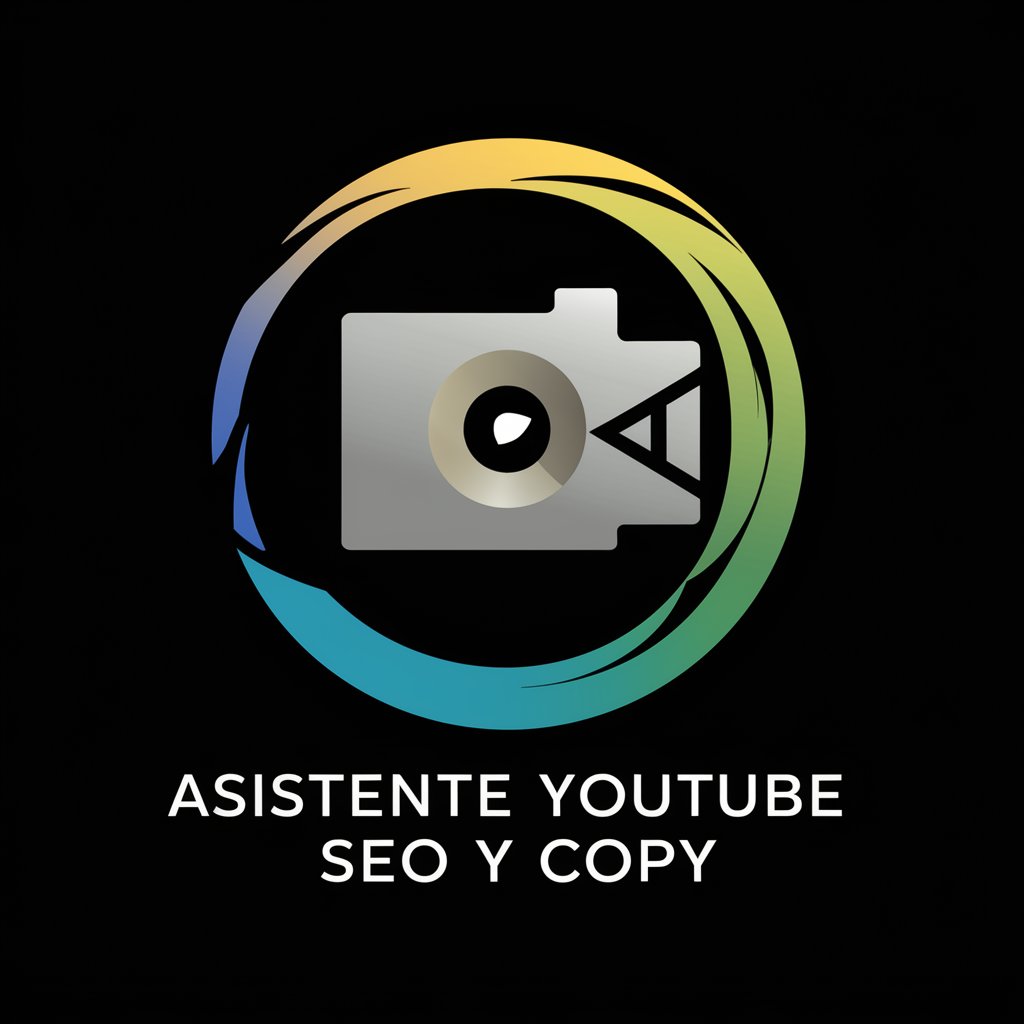
Megaprompt de Planificador de Proyectos.
Transforming Planning with AI Insight

Halo Lore Historian
Deciphering Halo's Universe with AI
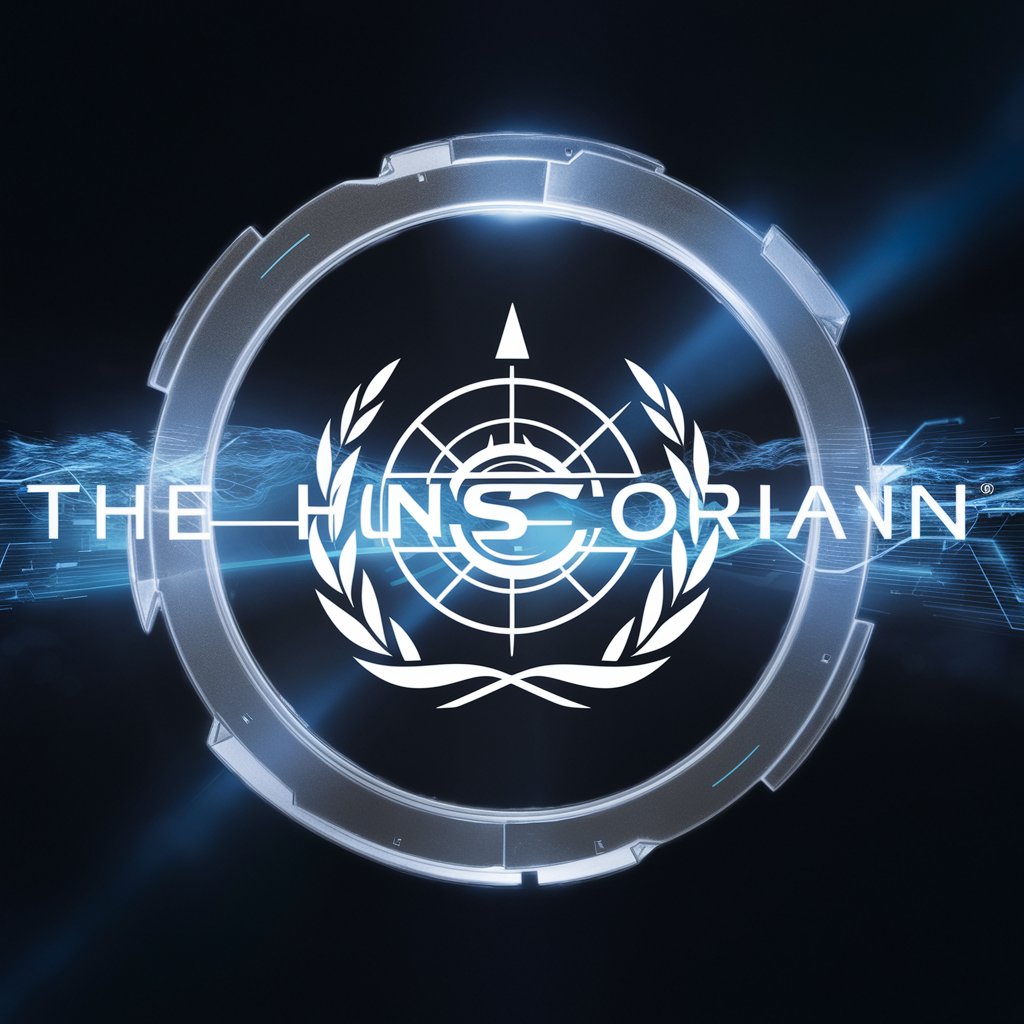
The Product Jedi
Empowering Product Decisions with AI
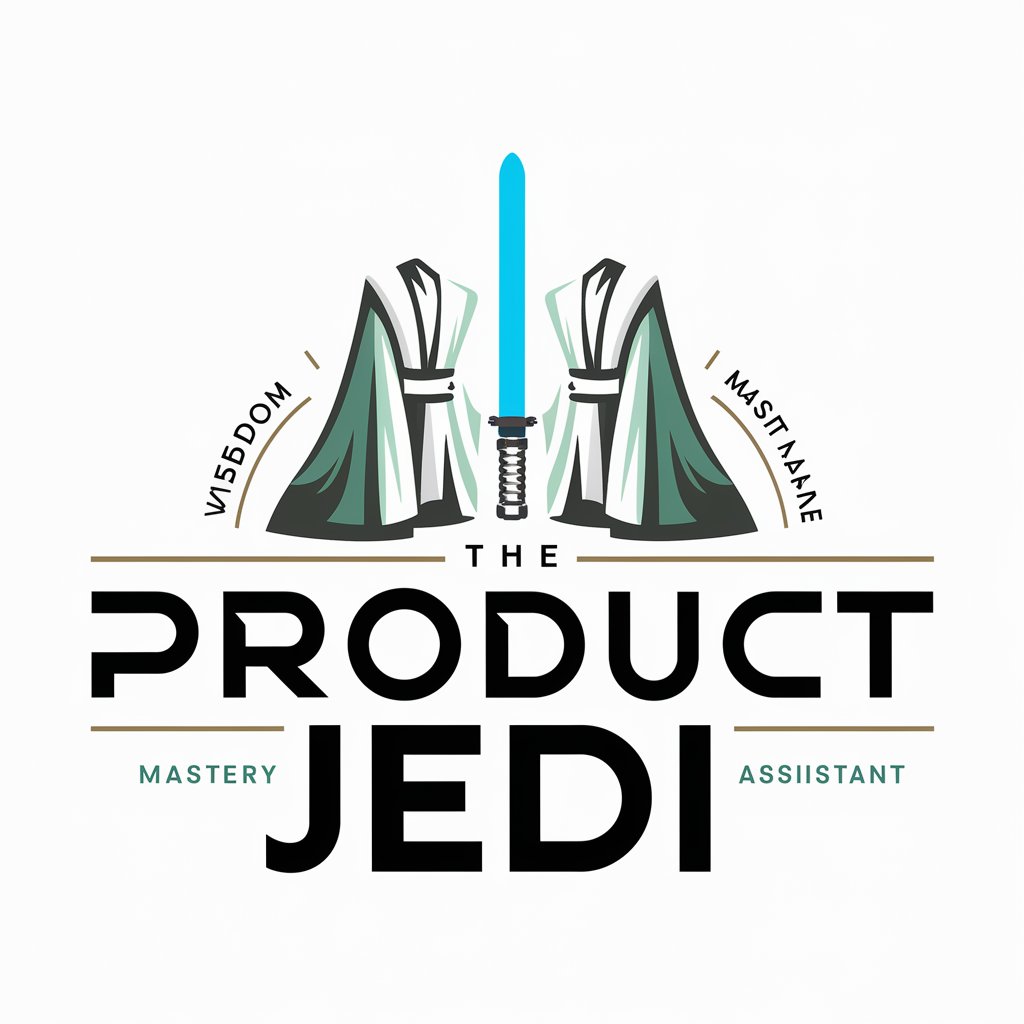
Emailiana
Crafting Professional Emails Made Easy
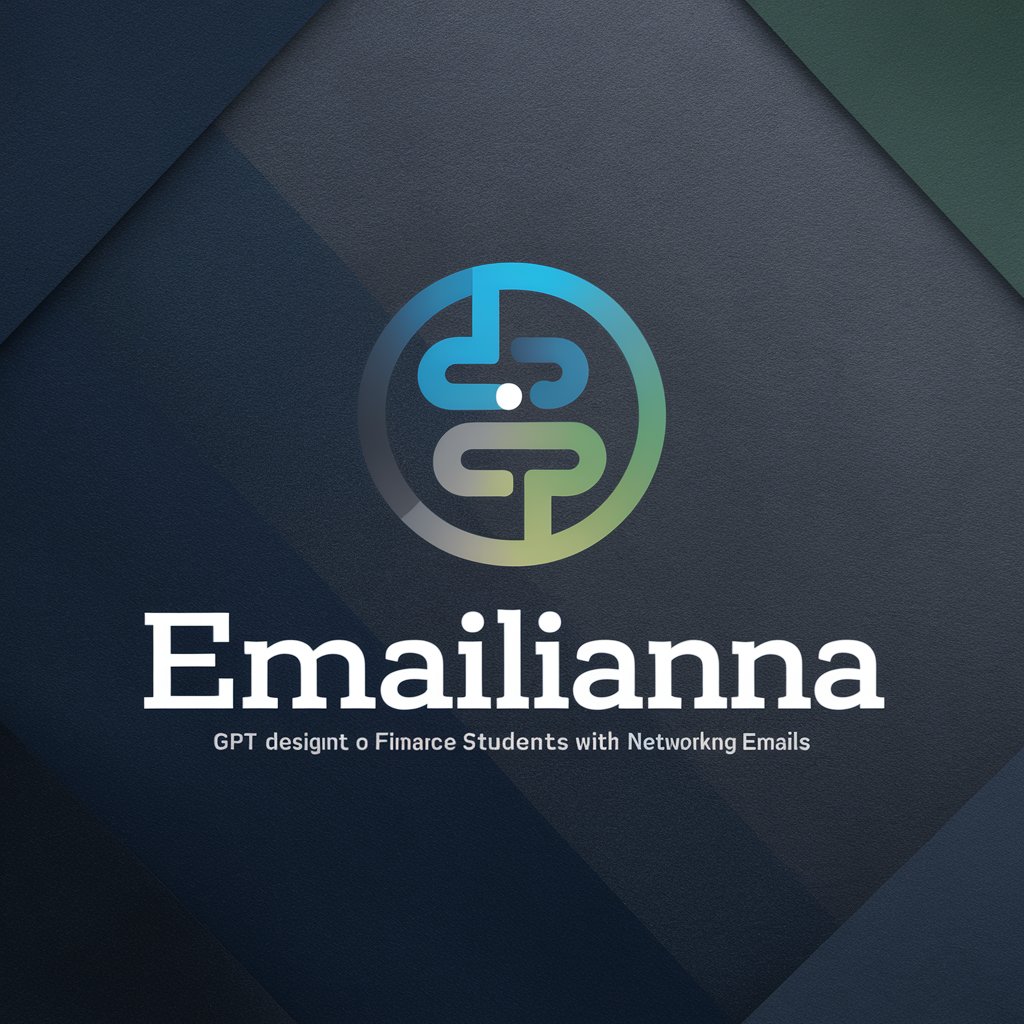
WPAN LPWAN 5G And network slicing professor
Master Networking with AI Guidance
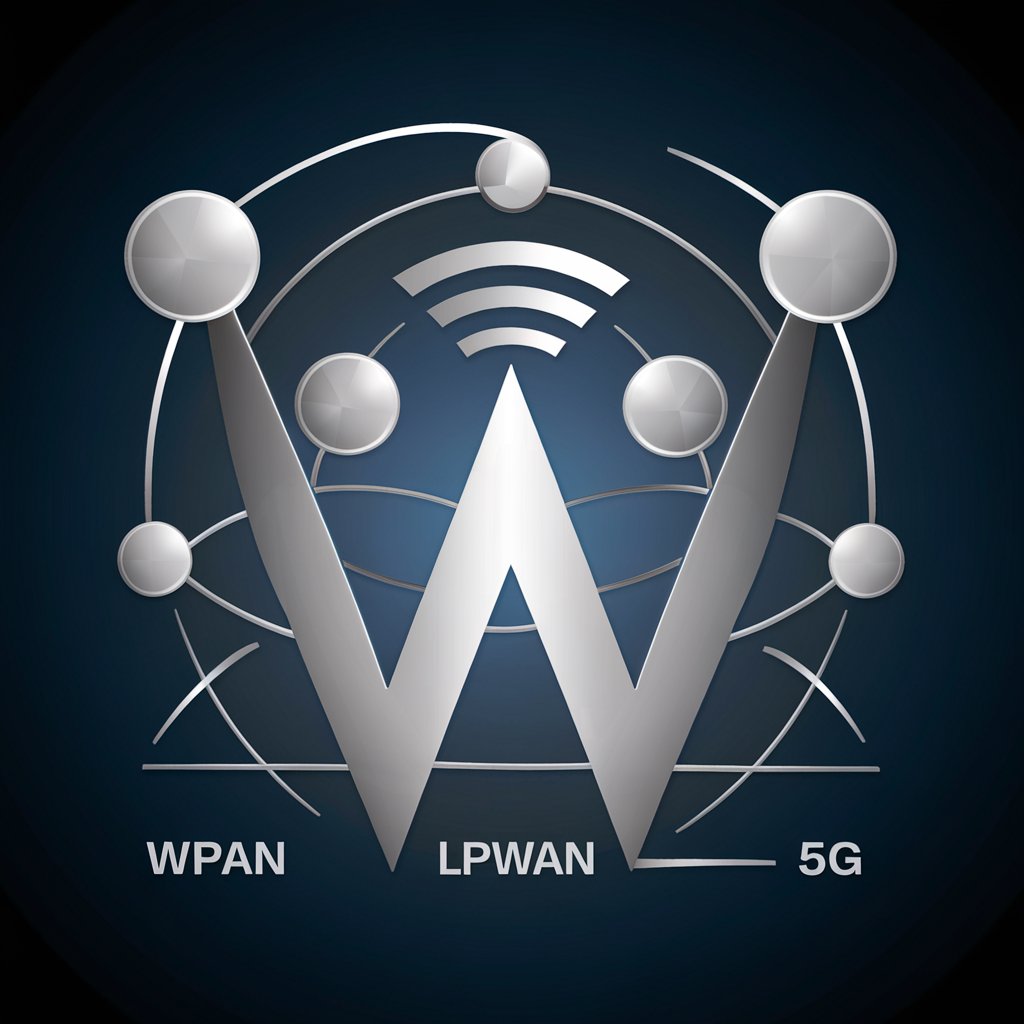
Wind Turbine Wizard
Optimizing Wind Power with AI

AeroEnergie Expert
Harnessing Wind with AI Expertise
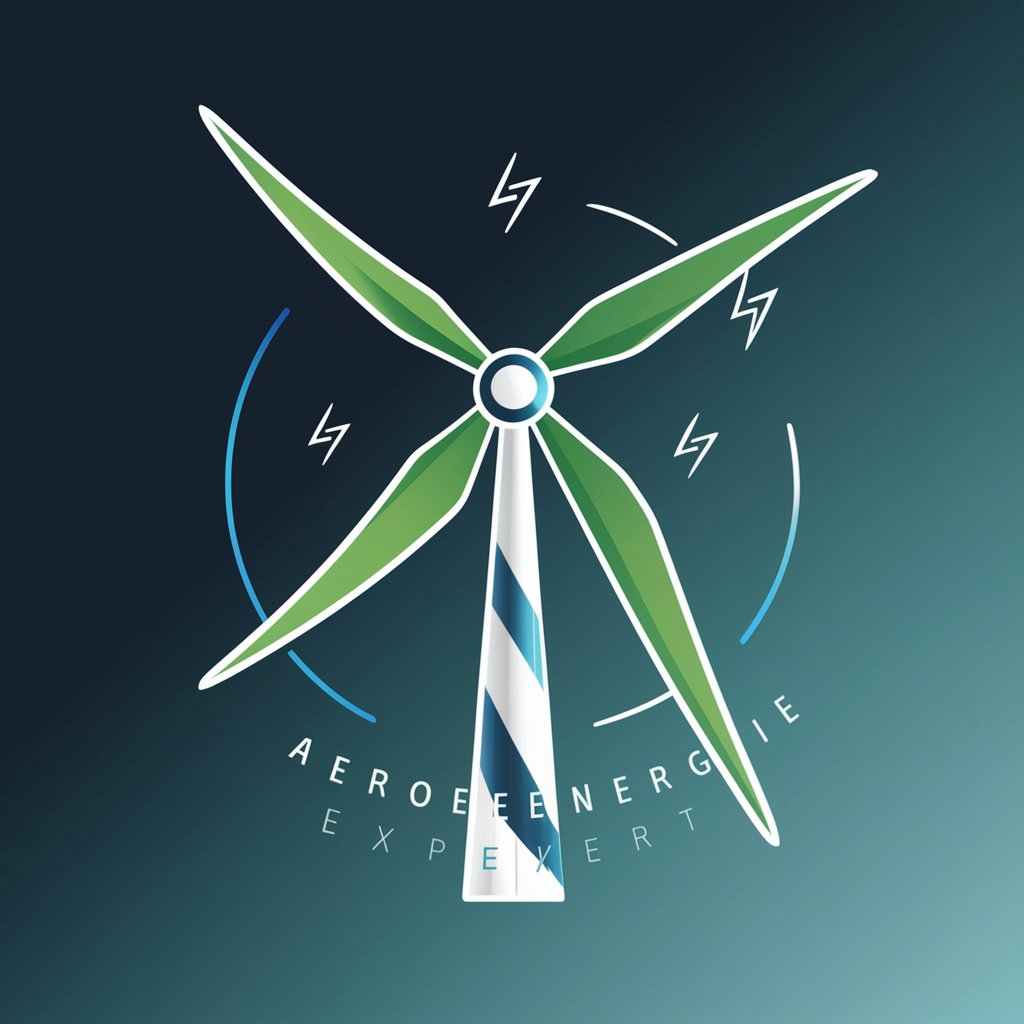
Calorie Counter Expert
Smart AI for Nutritional Insight

Frequently Asked Questions About Advanced TRIZ Logic Model Consultant_ver2.4
What is the Advanced TRIZ Logic Model Consultant_ver2.4 designed for?
It's designed to apply the TRIZ problem-solving methodology to a wide range of issues, using structured analysis and innovation principles to offer solutions.
Can I use this tool without prior knowledge of TRIZ?
Yes, you can start using the tool without prior TRIZ knowledge, but a basic understanding of TRIZ concepts will significantly enhance your experience and the effectiveness of the solutions generated.
What types of problems can Advanced TRIZ Logic Model Consultant_ver2.4 help solve?
This tool can help solve a variety of problems, from engineering and design challenges to strategic business issues, by identifying contradictions and leveraging innovative principles.
How does the tool differ from other TRIZ-based tools?
Advanced TRIZ Logic Model Consultant_ver2.4 integrates modern AI capabilities with traditional TRIZ methodologies, offering more dynamic and tailored problem-solving insights.
Are there any specific tips for getting the best results from the tool?
For optimal results, be clear and specific about your problem statement, consider multiple perspectives on the issue, and be open to exploring various hypotheses and solutions.
